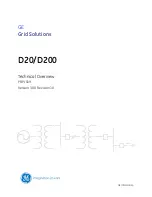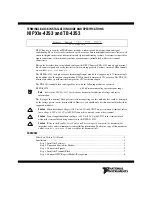
3
Introduction
The FingerKey stores a mathematical representation of the fingerprint and uses this
numerical “picture” to confirm user identity. When the FingerKey recognizes a user’s
fingerprint, it notifies an access control panel, which in turn sends a signal that unlocks
the appropriate door. Depending on the type of access control panel, the panel may also
control other systems like alarms,
lights, and closed circuit cameras.
The FingerKey communicates
with access control panels using
Wiegand or Clock/Data.
The FingerKey initially is configured
to store up to 50 users. You can
purchase memory upgrades to
enable it to store additional users.
FingerKeys shine a light on the
finger to capture a mathematical
“image” of finger contours based on
how the light reflects back. This numerical representation of the fingerprint, which we call
a template, identifies details like bifurcations, ridge endings, and crossovers. The reader
stores this template and associates it with the user’s ID number.
When a user wants to gain access, he/she enters an ID number (either by typing it in or
by using a card reader). The reader asks the user to place a finger on the reader, and the
reader then checks to see if the fingerprint matches the fingerprint template stored for
that user. The reader notifies the access control panel about whether there was a match,
and the access control panel then grants or denies access and takes other action as
appropriate.
FingerKey readers can be used independently, or they can be networked with other
FingerKey readers. If you network the readers, you can enroll users in one reader and
then transfer those users to the other readers; this lets you enroll each user once instead
of having to manually enroll each user at each reader.
What the
FingerKey
Does
How
FingerKeys
Recognize User
Fingerprints
Networking
Readers
Содержание FingerKey
Страница 1: ...Terminal User s Guide FingerKey...









































